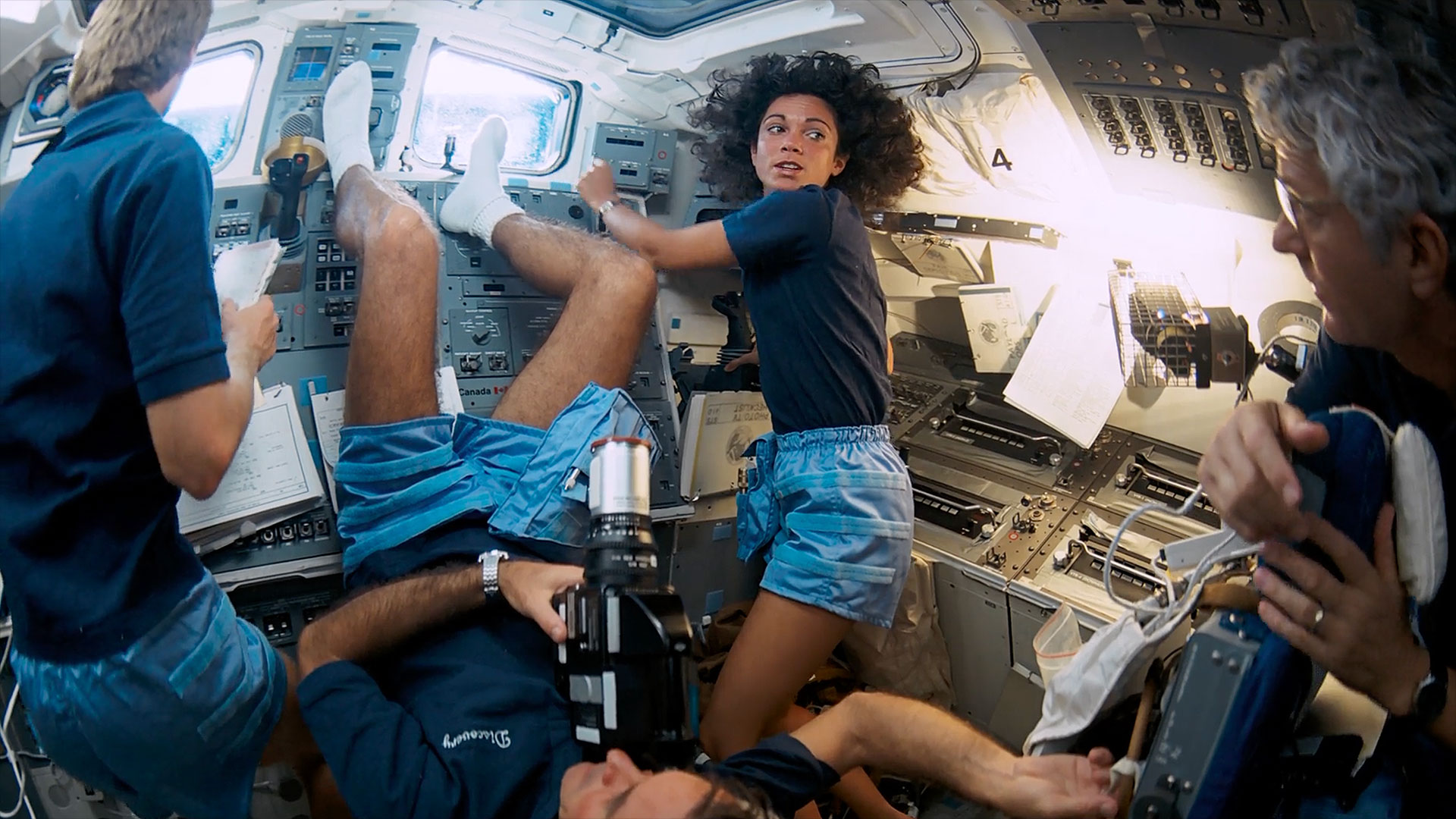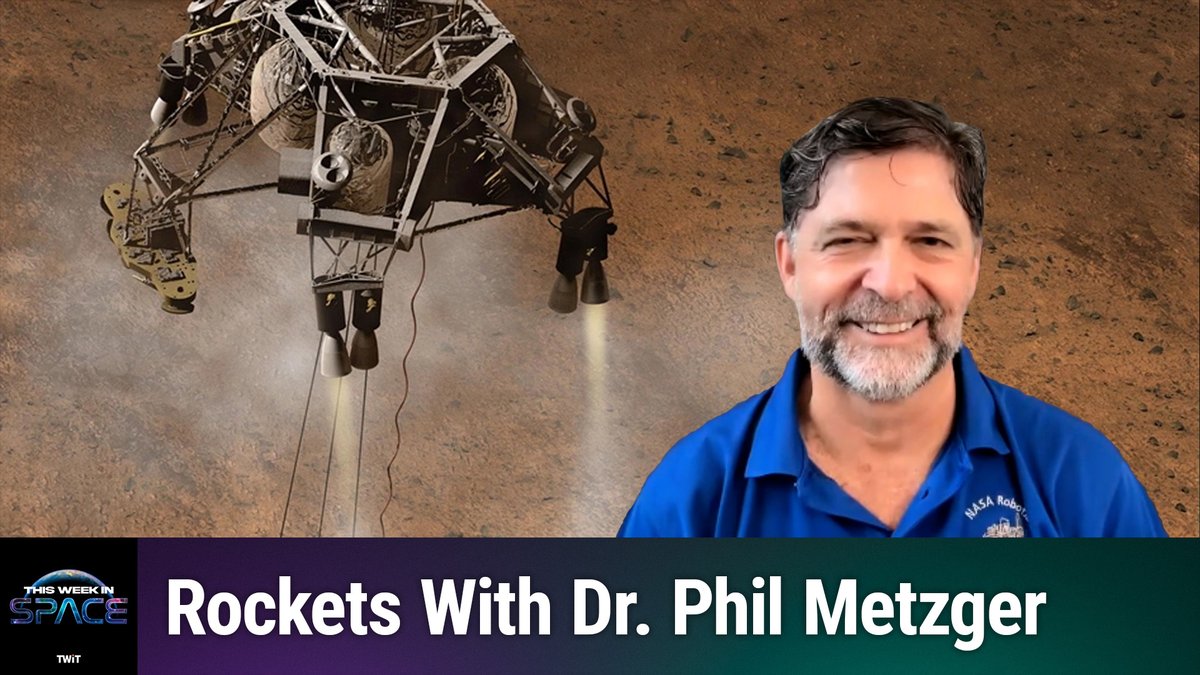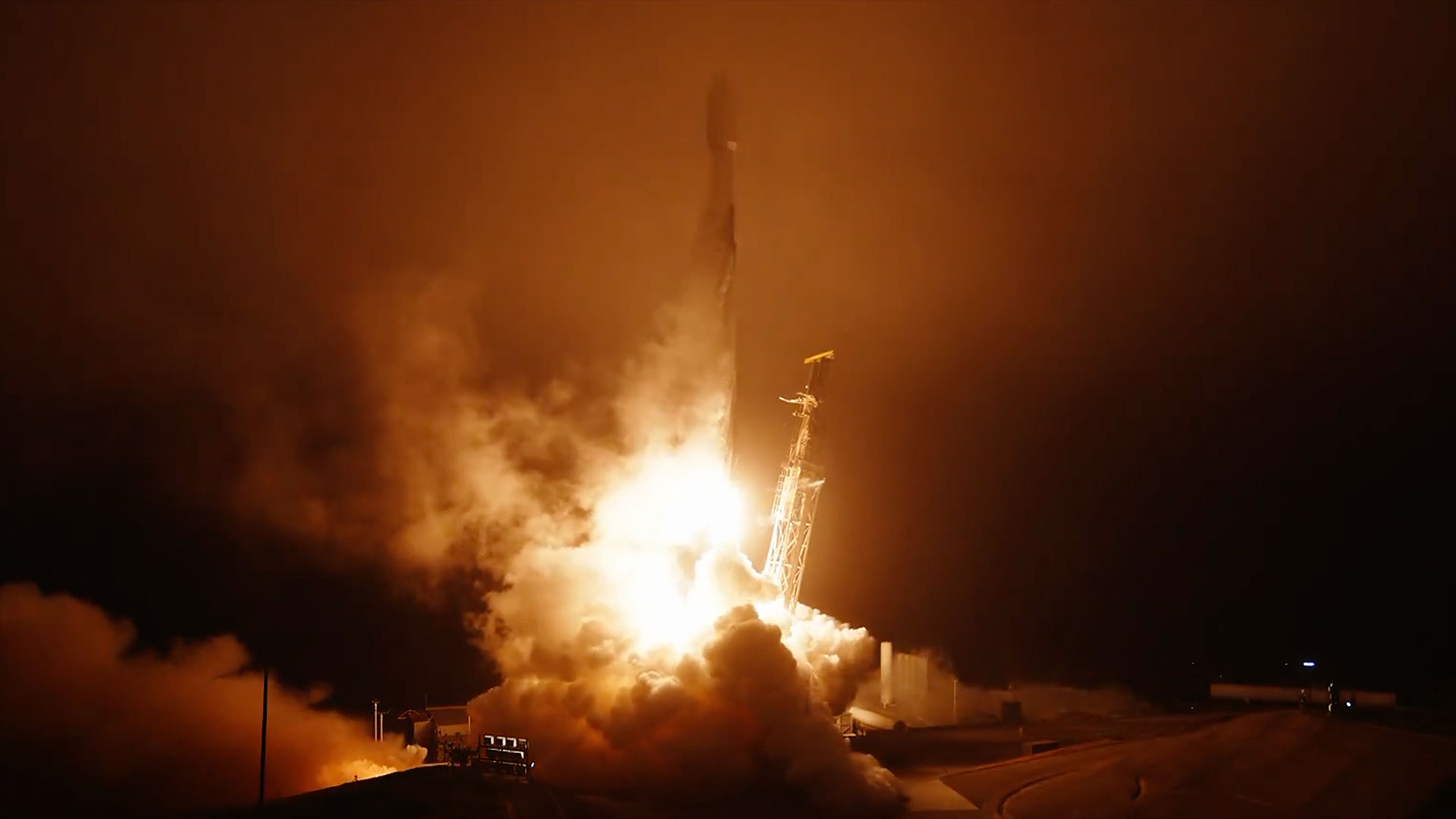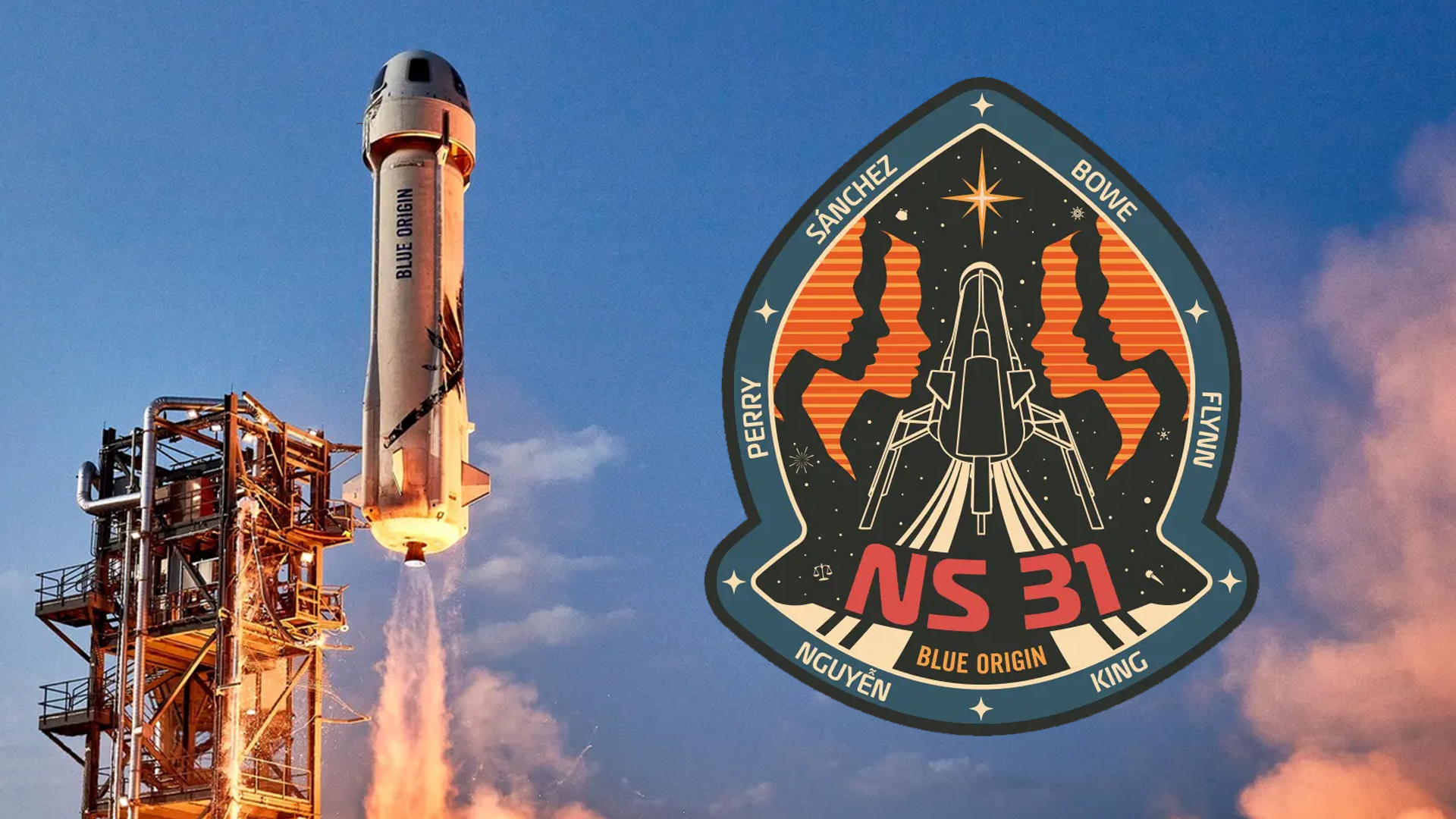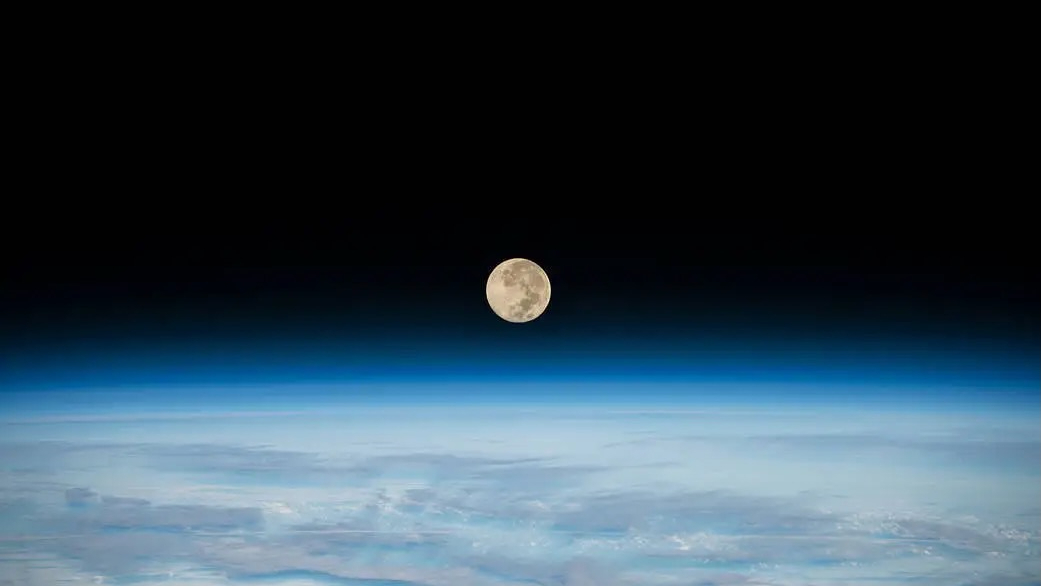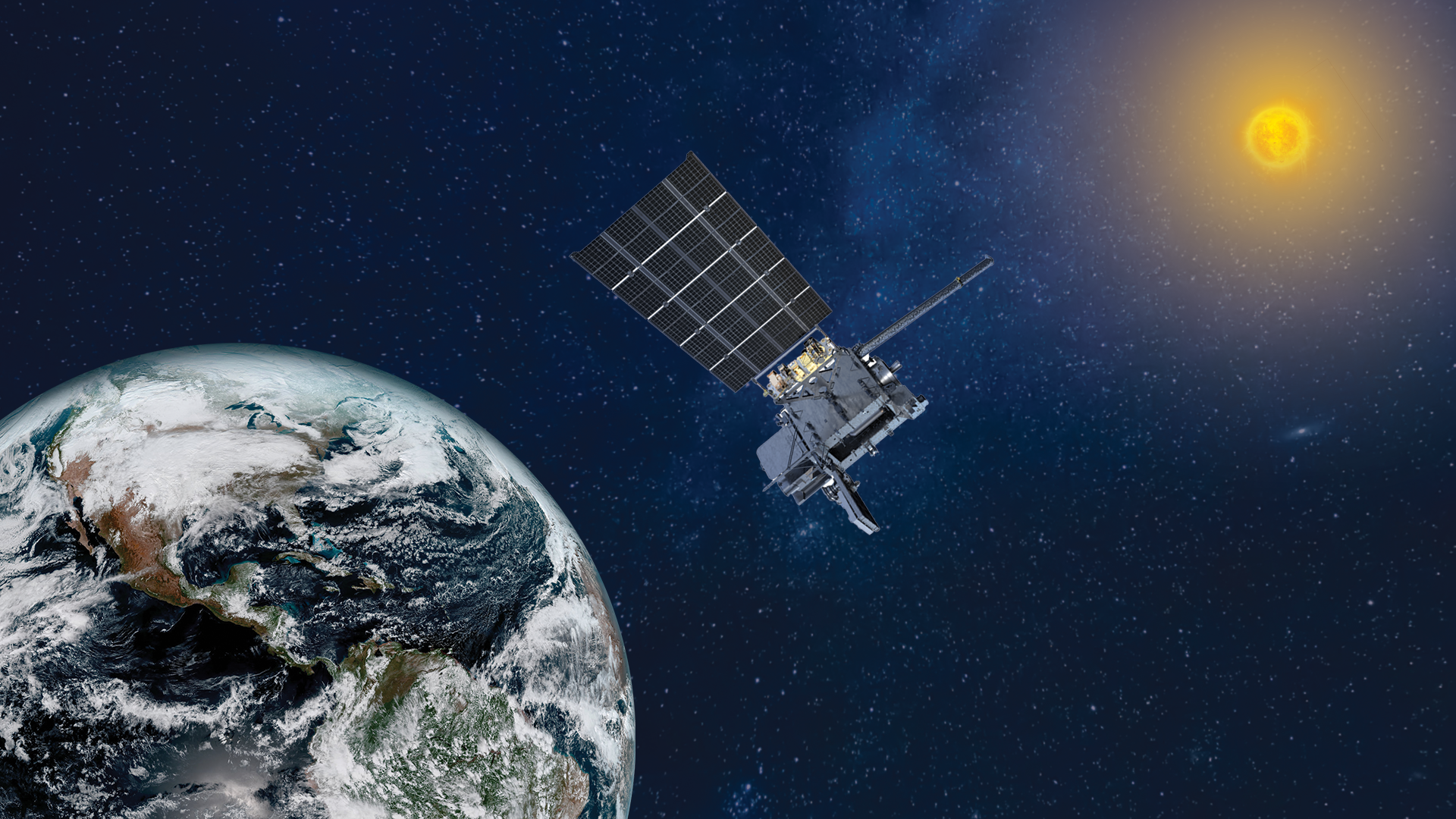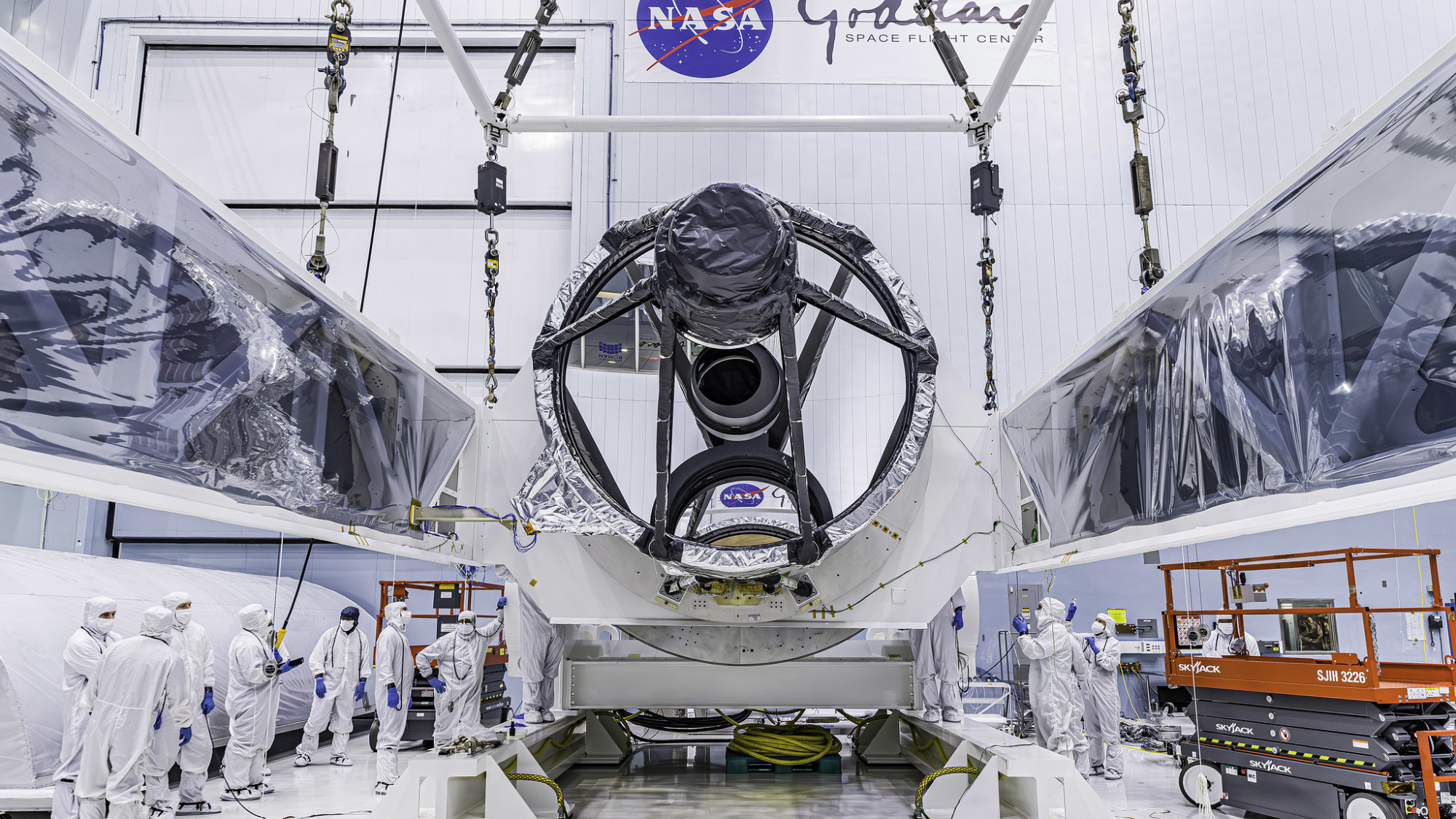How science gets tested on alien worlds: 'We quickly realize how much there is yet to discover'
"Every new result can reshape our understanding of planets, their habitability, and our place in this universe."
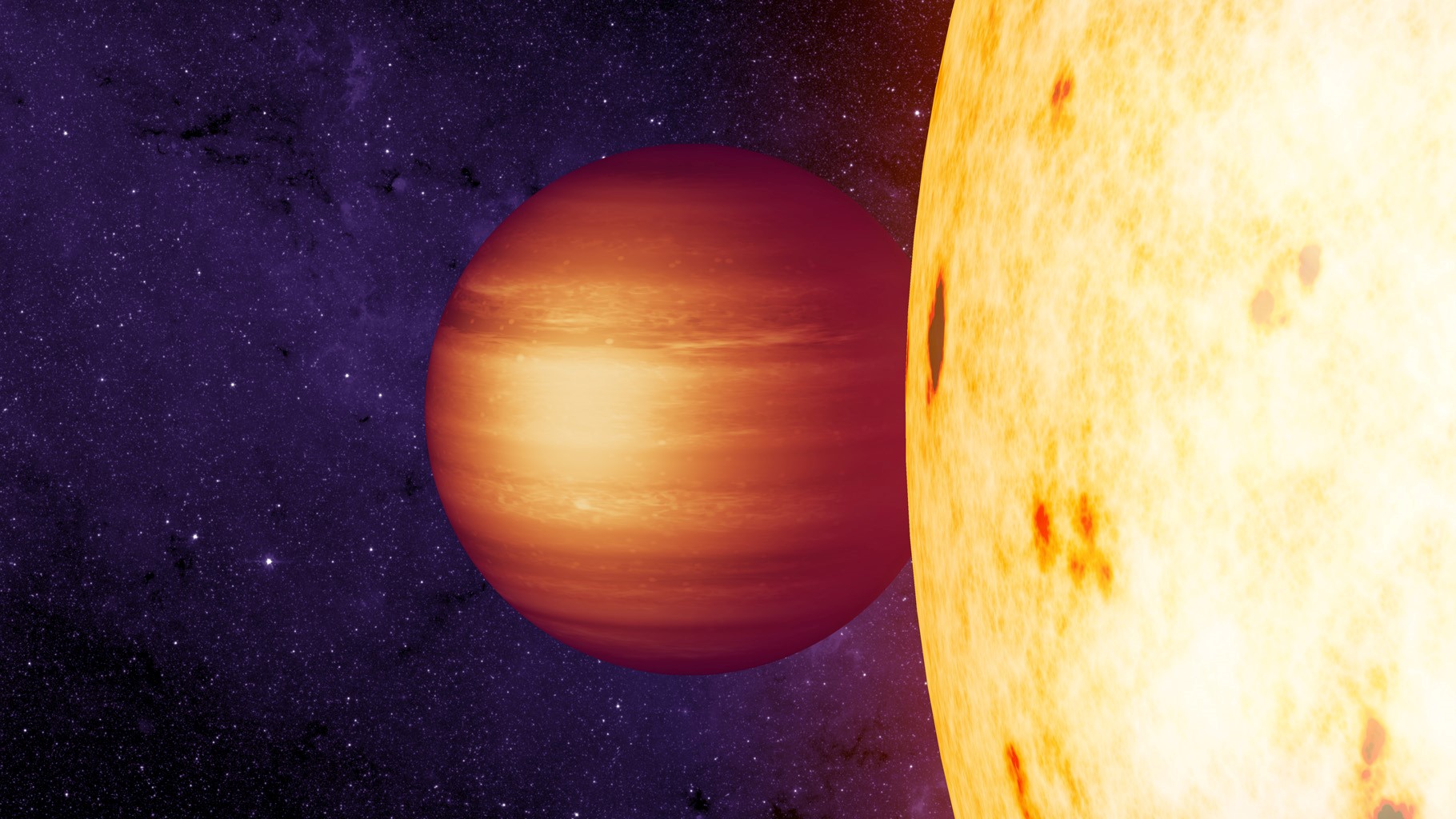
When a planet is born from swirling pockets of molecular gas and dust that surround a young star, it forms under conditions of intense gravity and pressure. The process is violent, the first stages of a planet's life are chaotic, and newborn worlds are often scorching hot.
Scientists have long assumed that, under these extreme conditions, the raw materials involved in the formation of worlds — gas, ice, rock and a mix of metals — don't really interact much with one another. However, it may be time to revisit this idea. A team of researchers from the University of California, Los Angeles and Princeton University have questioned that assumption, wondering instead if a forming planet beyond our solar system — an exoplanet — could serve as a natural laboratory in which molecules interact in surprising ways within the seething heat of its atmosphere and core.
"Standard models of planets assume that these building blocks do not interact with each other," said Lars Stixrude, a professor at UCLA, told Space.com. "With so many new planets being discovered, especially those likely having thick hydrogen atmospheres surrounding molten interiors of water, rock, or both — we questioned whether this assumption truly holds, especially given the extreme conditions possible inside planets where our understanding of physics is not well established."
The evolution of water-rich planets has been widely studied, though typically under this assumption: that their hydrogen-rich atmospheres do not interact with their water-rich interiors. But Stixrude and his co-authors, Akash Gupta and Hilke Schlichting, suggest a unique dynamic between water and hydrogen could have profound implications that we're missing in our models of planetary development.
To figure out how a system composed of hydrogen and water might interact if it existed together on another world, the team conducted computer-based simulations that model the dynamics of molecules on a quantum level.
"Think of our computational experiments as a tiny digital lab where we place hundreds of hydrogen and water molecules in a box," Gupta, a UCLA doctoral student at the time of the study and now a postdoctoral fellow at Princeton University, told Space.com.
"We then let quantum mechanics govern how these molecules behave under different pressures and temperatures, similar to conditions inside planets," he continued. "This process helps us map out which planetary conditions favor mixing or separation and to what degree."
Get the Space.com Newsletter
Breaking space news, the latest updates on rocket launches, skywatching events and more!
The researchers identified a "critical curve" in the pressure-temperature relationship of the hydrogen-water mixture — a boundary where hydrogen and water transition from fully mixing into a single fluid to separating again into two distinct phases.
"When planets are young or hot, their interiors can be on the warmer side of this [pressure–temperature] curve, which tells us that hydrogen and water will be completely mixed in them," said Gupta. "As planets cool as they age, eventually their interiors may drop to the cooler side of this curve and water and hydrogen will then start to separate."
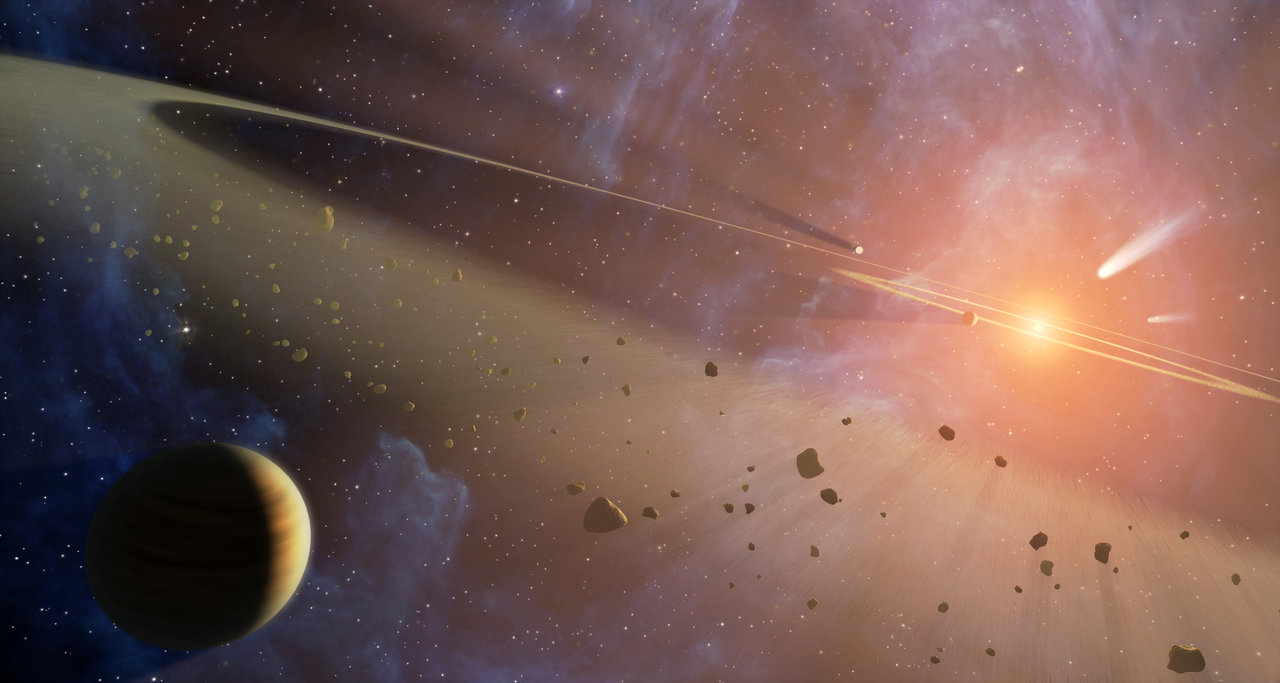
Perhaps the most interesting part of the simulations is that the team predicts that as the planet cools and water separates, the planet would experience a planet-wide "rain out" as it sinks deeper into the atmosphere. "This can then lead to change in the composition of the planet atmospheres: the emergence of a hydrogen-rich atmosphere and a water-rich interior, in addition to having implications for the energy budget of the planet," Schlichting, a professor at UCLA, told Space.com.
If the planet becomes cool enough and hydrogen and water separate early in its evolution, Gupta says a supercritical layer of water could form beneath the hydrogen atmosphere — thereby shedding new light on how planets with liquid water oceans could exist.
These findings could also help solve a longstanding mystery surrounding the off-kilter magnetic fields of Neptune and Uranus. "Magnetic fields in planets are generated by flowing conductive materials deep inside them," said Gupta. "At the high pressures and temperatures, as expected inside Uranus and Neptune, hydrogen and water can become atomic and metal-like, i.e. good conductors of electricity."
"This mixture itself could thus […] explain the enigmatic magnetic fields of Uranus and Neptune, which are unlike any other planetary body in our Solar system," he continued. "Previously, these magnetic fields have only been attributed to pure layers of water or ice, since the physics behind hydrogen-water interactions has been largely unexplored."
Studies like this provide an incredibly valuable platform for exploring the boundaries of physics and chemistry as we know them. The cores of planets offer a unique setting to delve into these fields, challenging our current understanding and potentially revealing new principles that could reshape them.
"We often assume that physics and chemistry are fully understood, but when we dive into the extreme conditions deep inside planets — pressures thousands to millions of times greater than Earth's atmosphere and temperatures hot enough to melt rock — we quickly realize how much there is yet to discover," said Gupta. “This is especially true in the emerging field of exoplanets, where bridging insights from astrophysics, planetary science, geoscience and chemistry is essential if we want to truly understand the incredibly complex systems [of] planets and their atmospheres."
The team says they plan to extend their molecular simulations to include rock- and ice-forming molecules to understand how they might coexist and interact with a planet's hydrogen-based atmosphere, its interior, and other gases, like helium, that might be present.
"These new insights at the intersection of chemistry and physics are thus helping us explore uncharted territories," concluded Schlichting. "Every new result can reshape our understanding of planets, their habitability, and our place in this universe."
Join our Space Forums to keep talking space on the latest missions, night sky and more! And if you have a news tip, correction or comment, let us know at: community@space.com.

A chemist turned science writer, Victoria Corless completed her Ph.D. in organic synthesis at the University of Toronto and, ever the cliché, realized lab work was not something she wanted to do for the rest of her days. After dabbling in science writing and a brief stint as a medical writer, Victoria joined Wiley’s Advanced Science News where she works as an editor and writer. On the side, she freelances for various outlets, including Research2Reality and Chemistry World.
You must confirm your public display name before commenting
Please logout and then login again, you will then be prompted to enter your display name.
